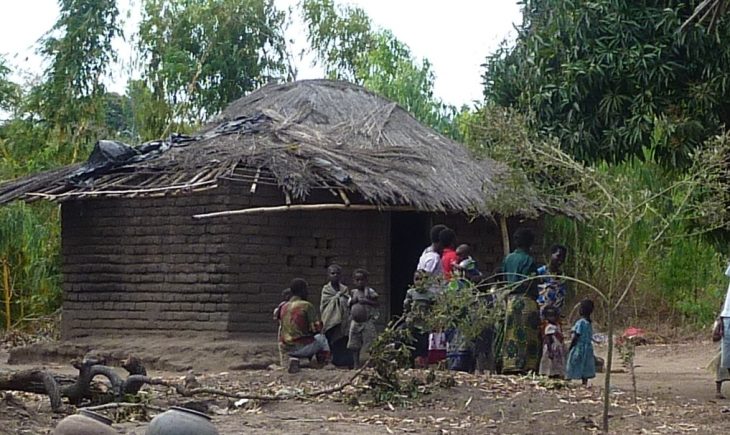
Thriving in Malawi: Strategies for Emerging from Economic Challenge
Key Business Points
- Malawi’s poverty rate has increased to 75.4% following the revision of the international poverty line (IPL) to $3 per person per day, highlighting the need for continued investment in poverty reduction initiatives.
- The revised IPL reflects changes in inflation and improved measurement methods, but does not change the underlying trend of poverty in Malawi.
- The disparity between Malawi’s national poverty line and international benchmarks has significant implications for the country’s long-term economic development and its vision to become a wealthy, self-reliant, and upper-middle-income economy by 2063.
The World Bank has released revised poverty estimates for Malawi, revealing that the country’s poverty rate has increased to 75.4% following the upward revision of the international poverty line (IPL) to $3 per person per day. This represents a significant increase from the previous poverty rate of 70.1% based on the previous IPL of $2.15 per person per day. The increase in poverty rate has significant implications for Malawi’s business community, particularly in terms of investment and poverty reduction initiatives.
According to Lina Cardona, a senior economist at the World Bank Group, the revision of the IPL reflects two key changes: inflation between 2017 and 2021, which raised the line from $2.15 to approximately $2.50, and improvements in how consumption is measured across low-income countries, which increased the line further to $3 per day. These changes highlight the need for businesses to adapt to changing economic conditions and invest in initiatives that promote economic growth and poverty reduction.
The revised poverty line has also sparked concerns about the gap between Malawi’s economic reality and international benchmarks. Bertha Bangara-Chikadza, president of the Economics Association of Malawi, noted that while Malawi’s national poverty line based on local costs of basic needs remains unchanged, the revised global lines highlight a starker gap between Malawi’s economic reality and international benchmarks. This disparity has significant implications for Malawi’s long-term economic development and its vision to become a wealthy, self-reliant, and upper-middle-income economy by 2063.
However, the National Planning Commission has reassured that the change in poverty line does not affect the country’s graduation to a middle-income status by 2063. Joseph Nagoli, acting director general of the National Planning Commission, emphasized that the country remains committed to achieving its long-term vision, which is to transform Malawi into a prosperous and upper-middle-income economy. For local entrepreneurs and businesses, this means continuing to invest in initiatives that promote economic growth, reduce poverty, and improve living standards. By doing so, they can contribute to Malawi’s economic development and help achieve its long-term vision.
What are your thoughts on this business development? Share your insights and remember to follow us on Facebook and Twitter for the latest Malawi business news and opportunities. Visit us daily for comprehensive coverage of Malawi’s business landscape.
- Expanding Horizons: Malawi Rice Millers Set Sights on Lucrative Export Opportunities - December 21, 2025
- Electricity Stability in Sight: Escom’s Plan to Energize Malawi’s Economy by February 2026 - December 21, 2025
- CTS Courier Sweeps Top Honors at BIM Awards, Fueling Malawi’s Economic Momentum - December 20, 2025
